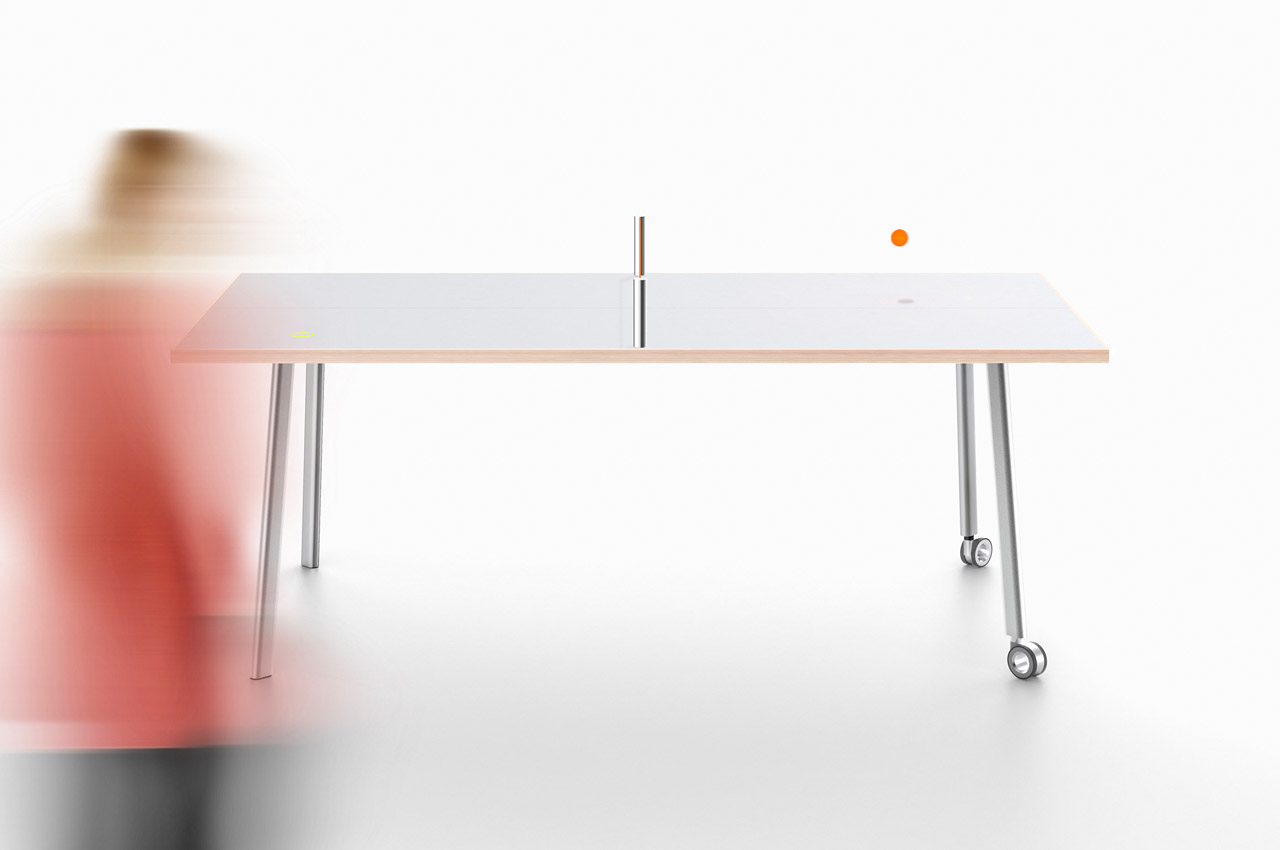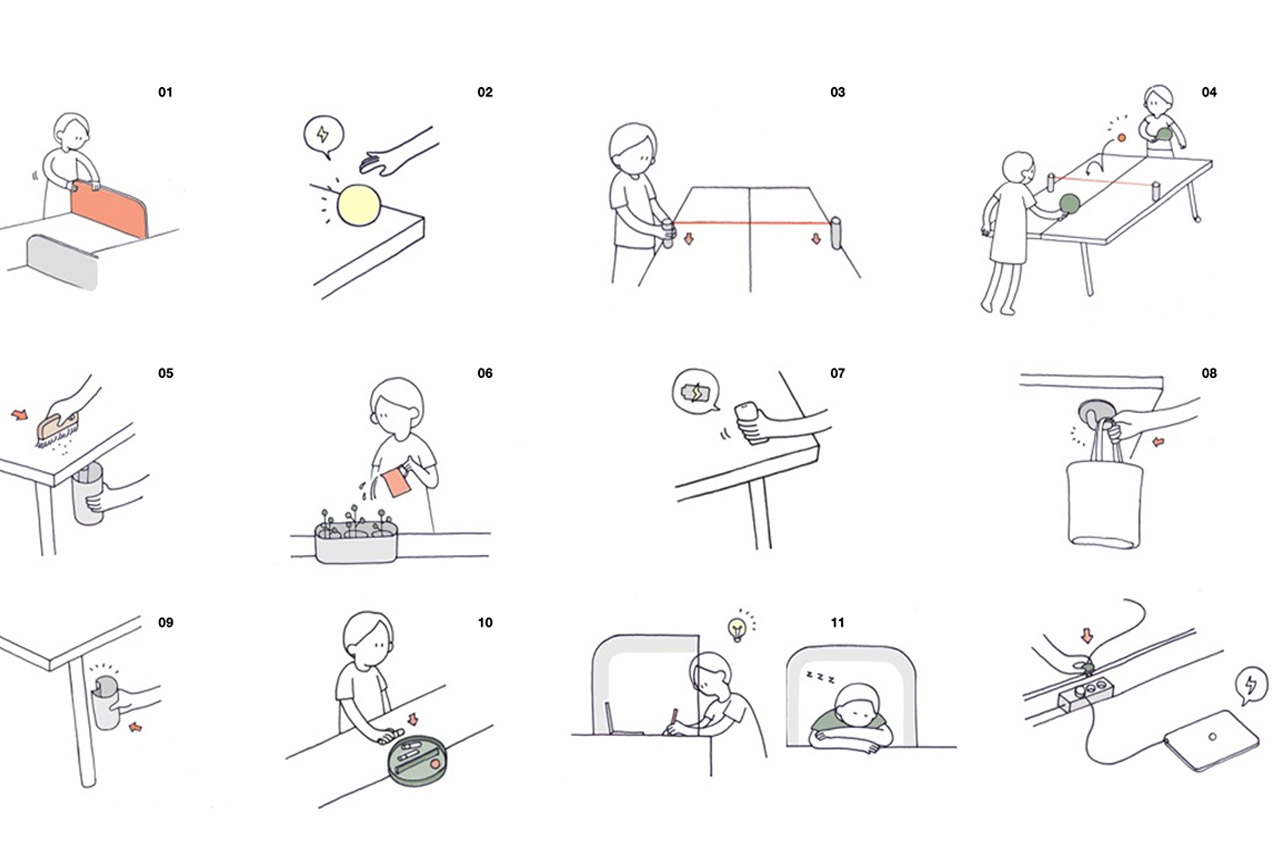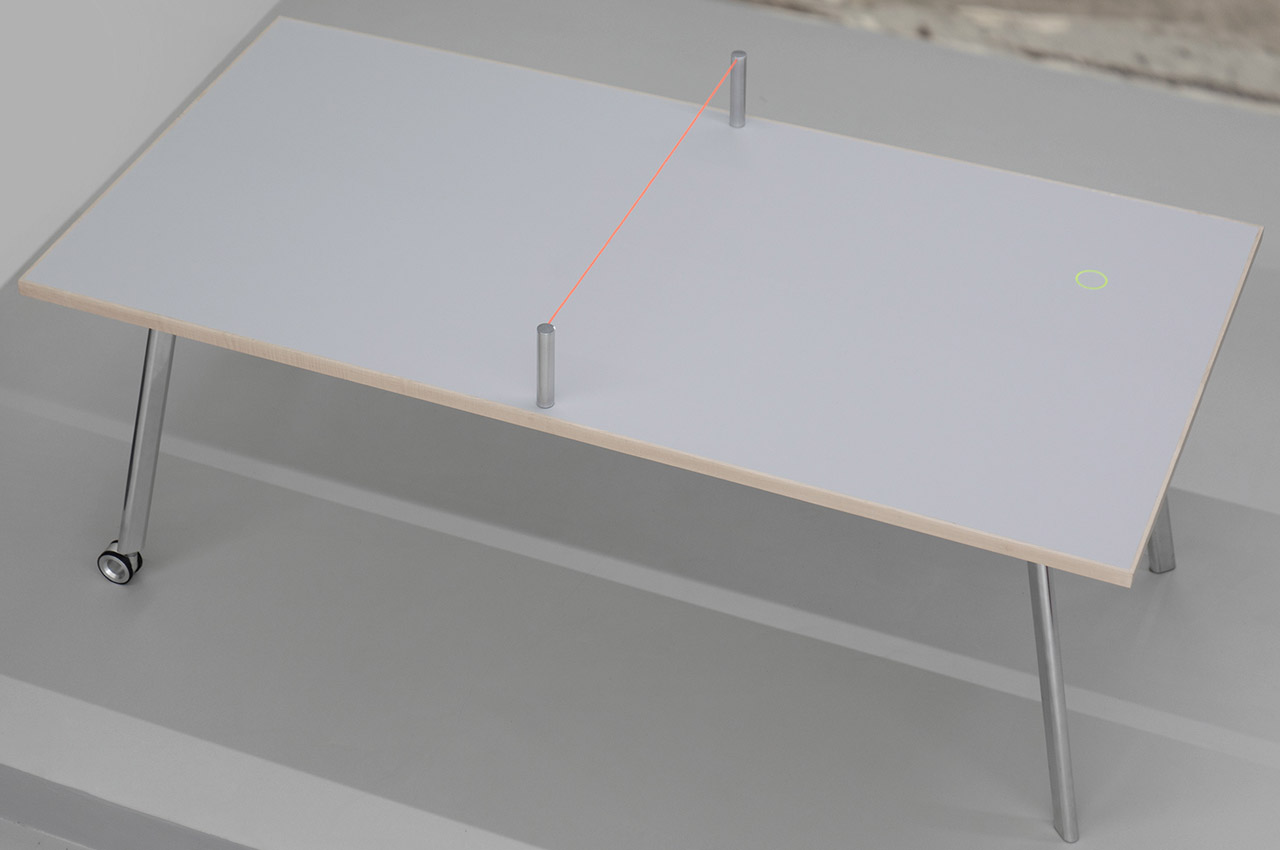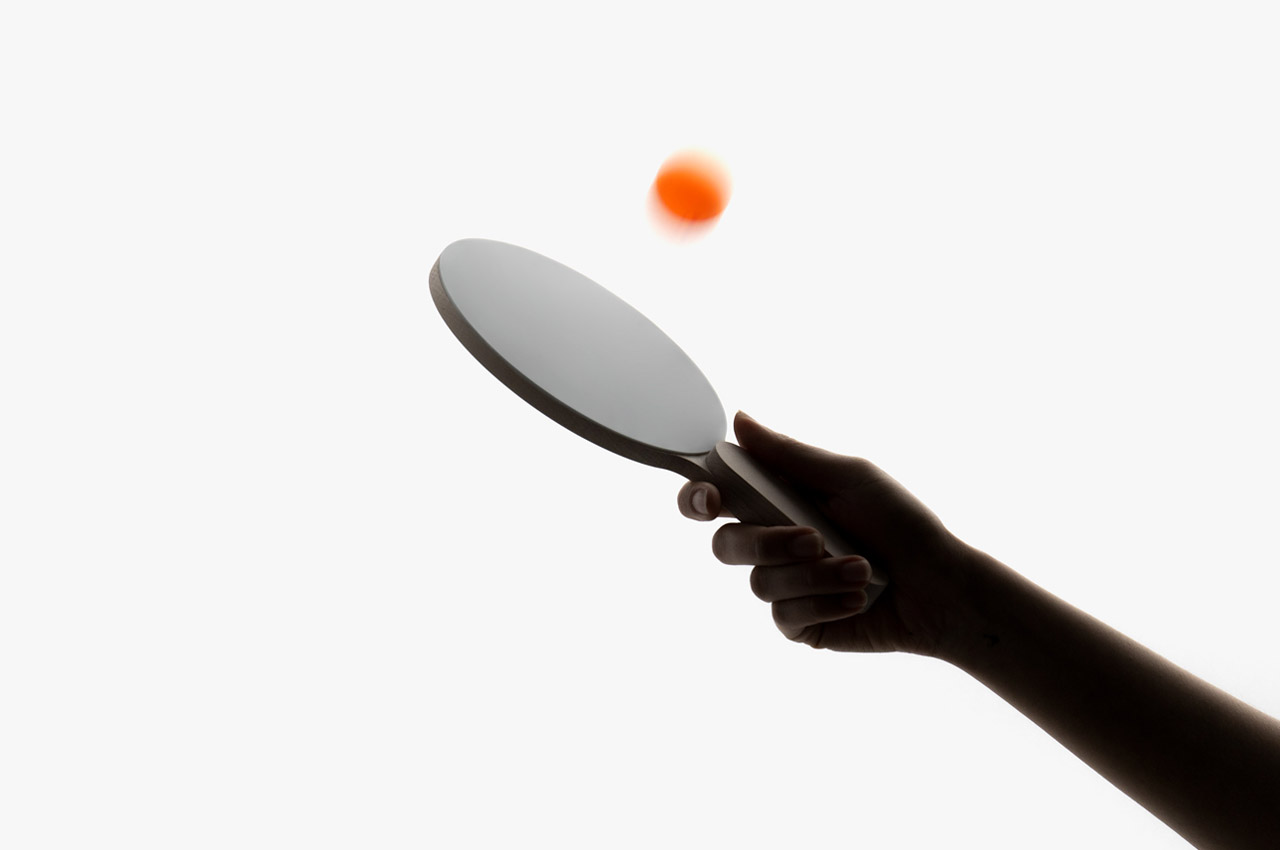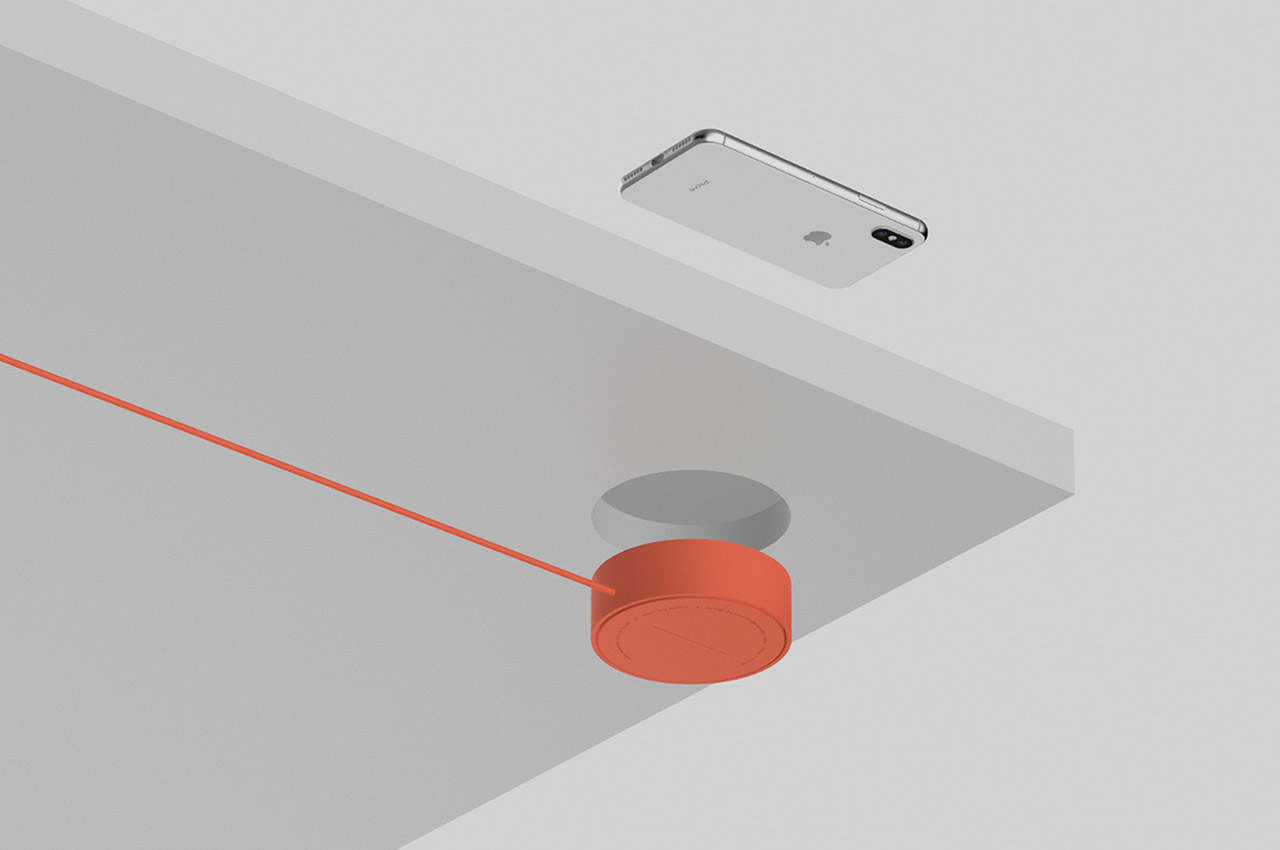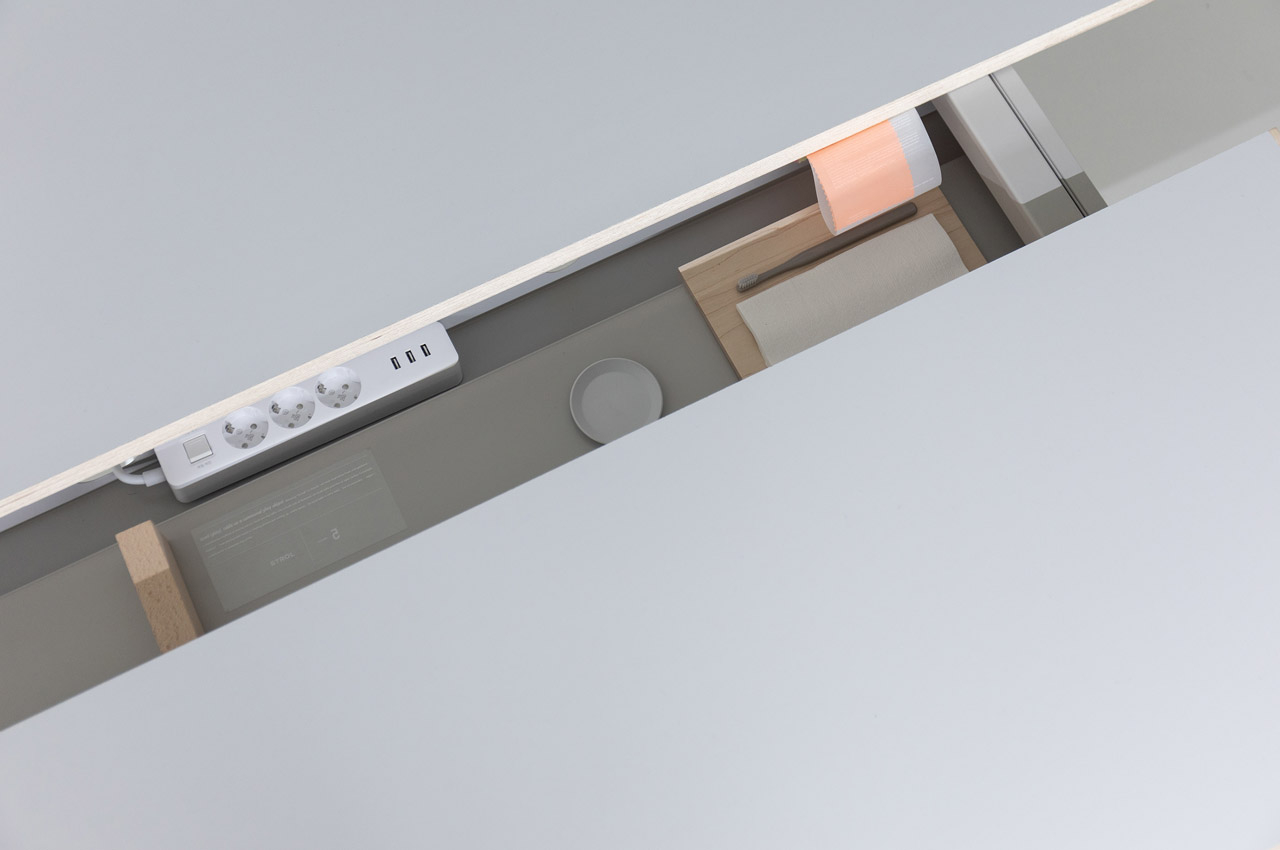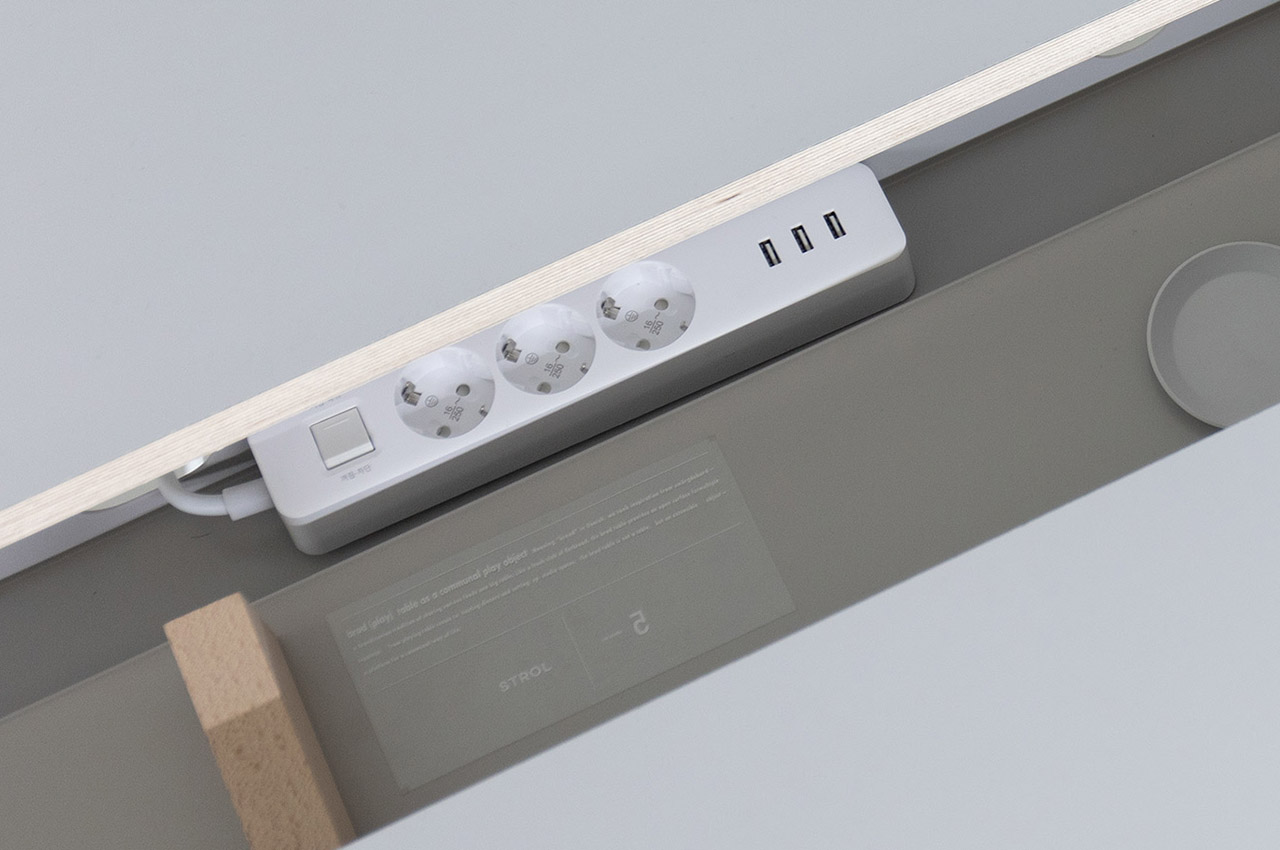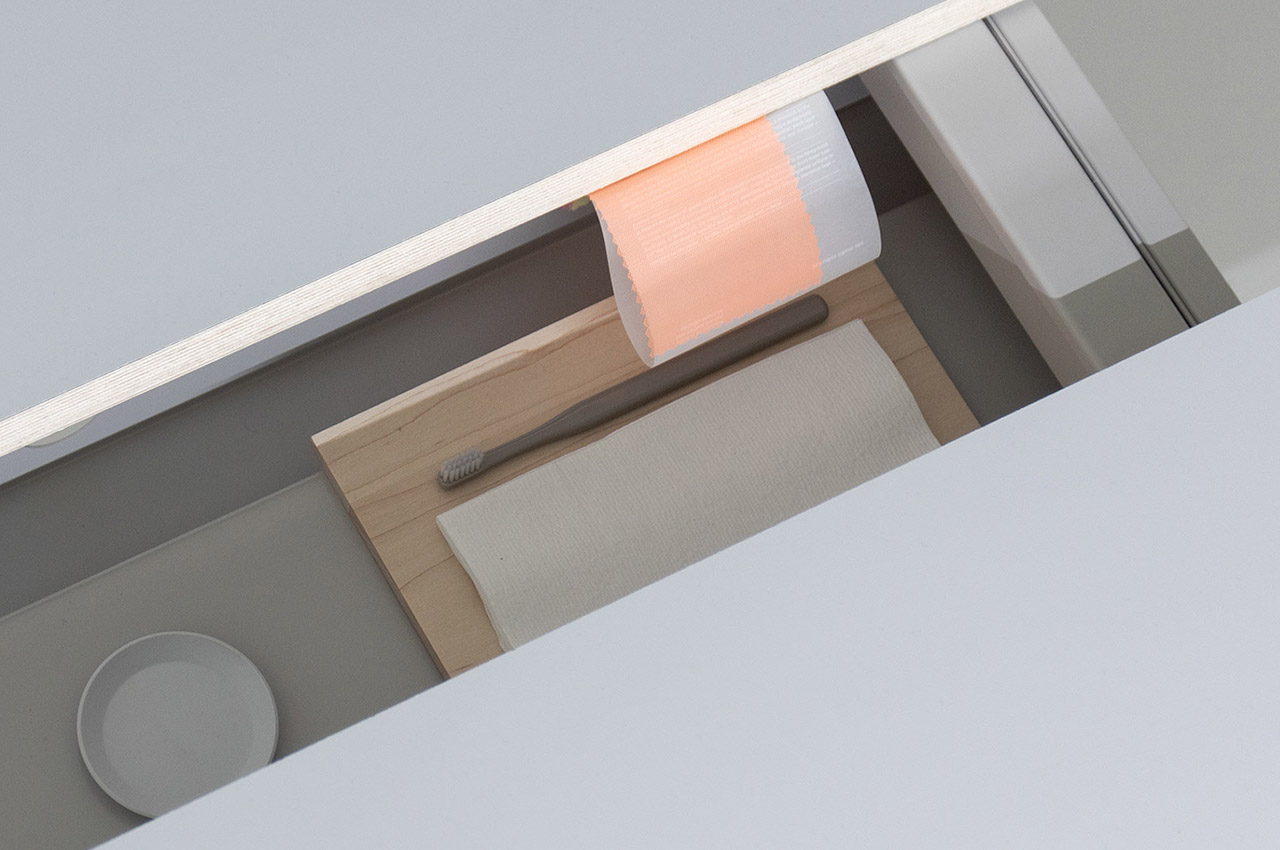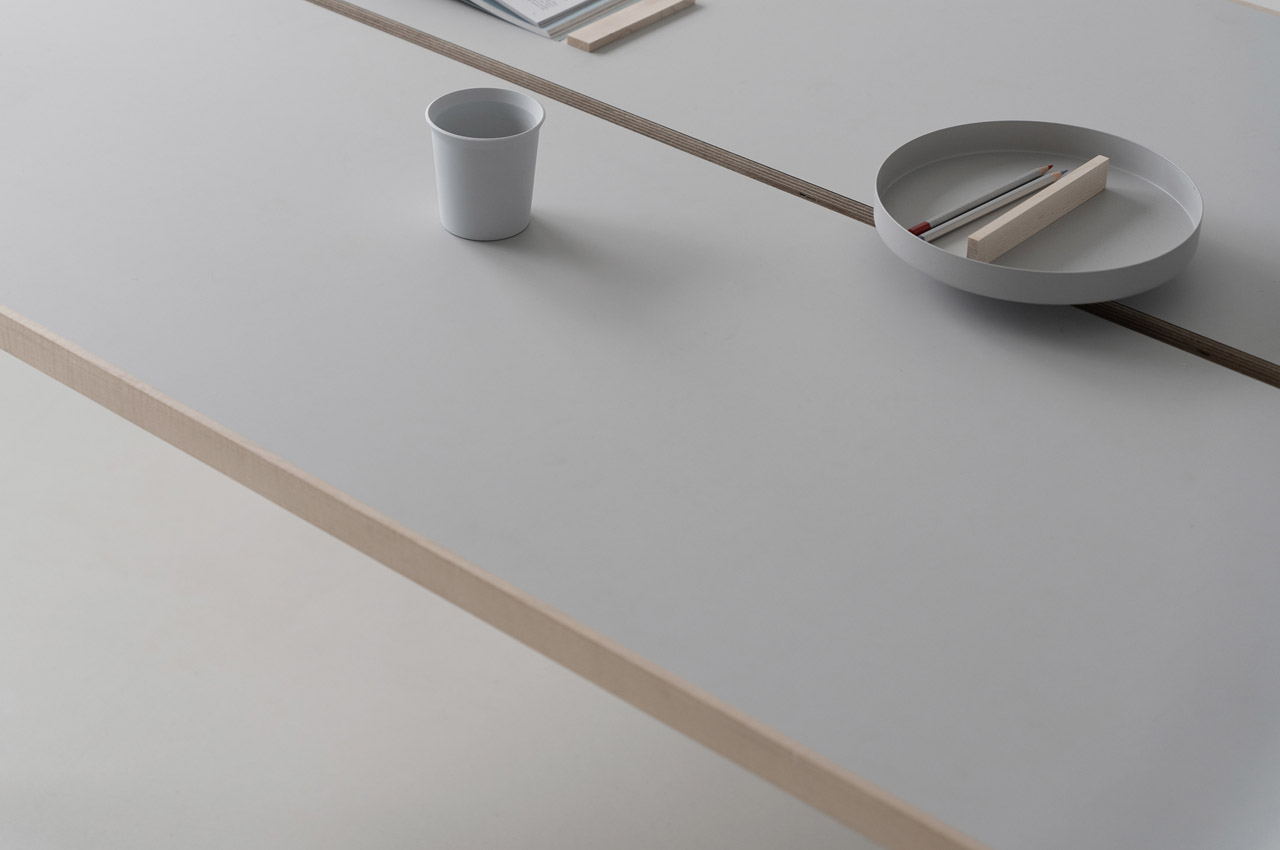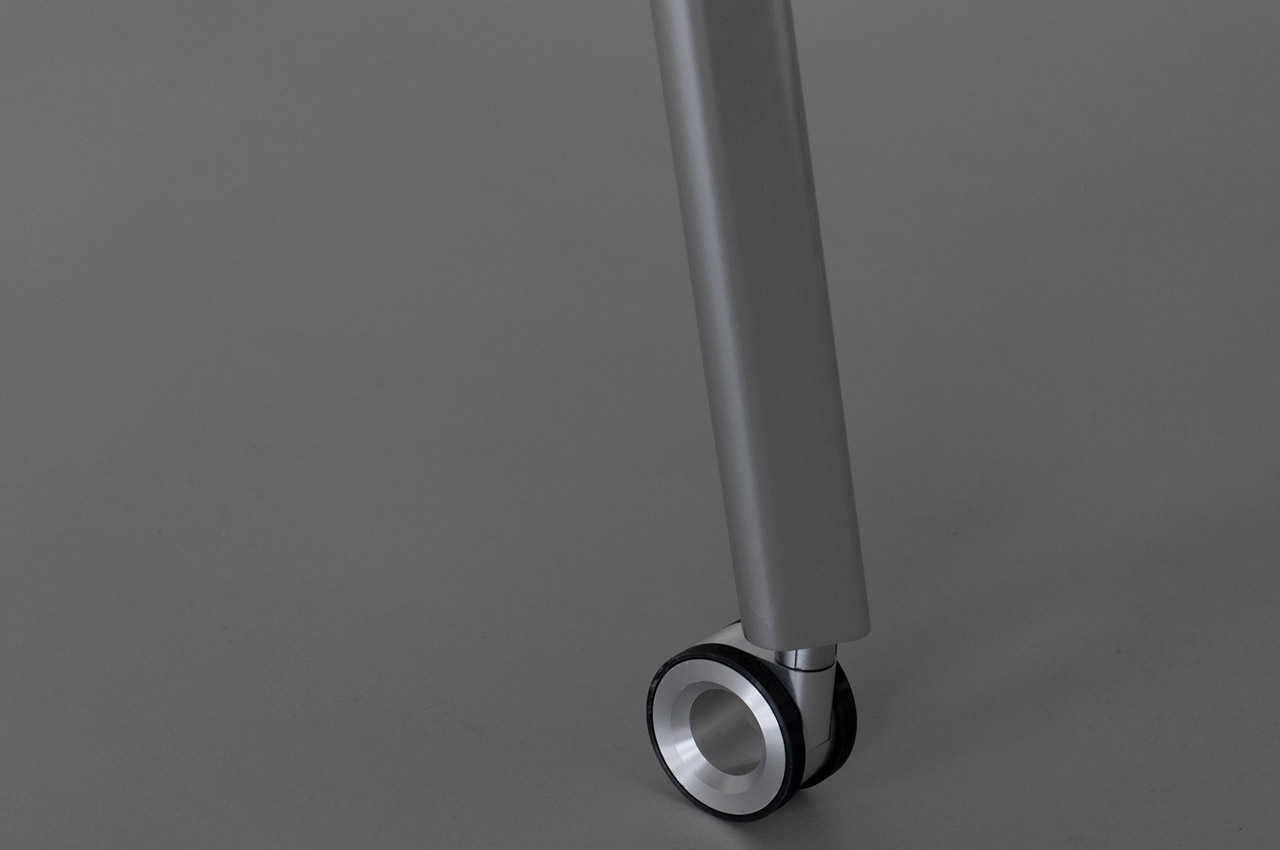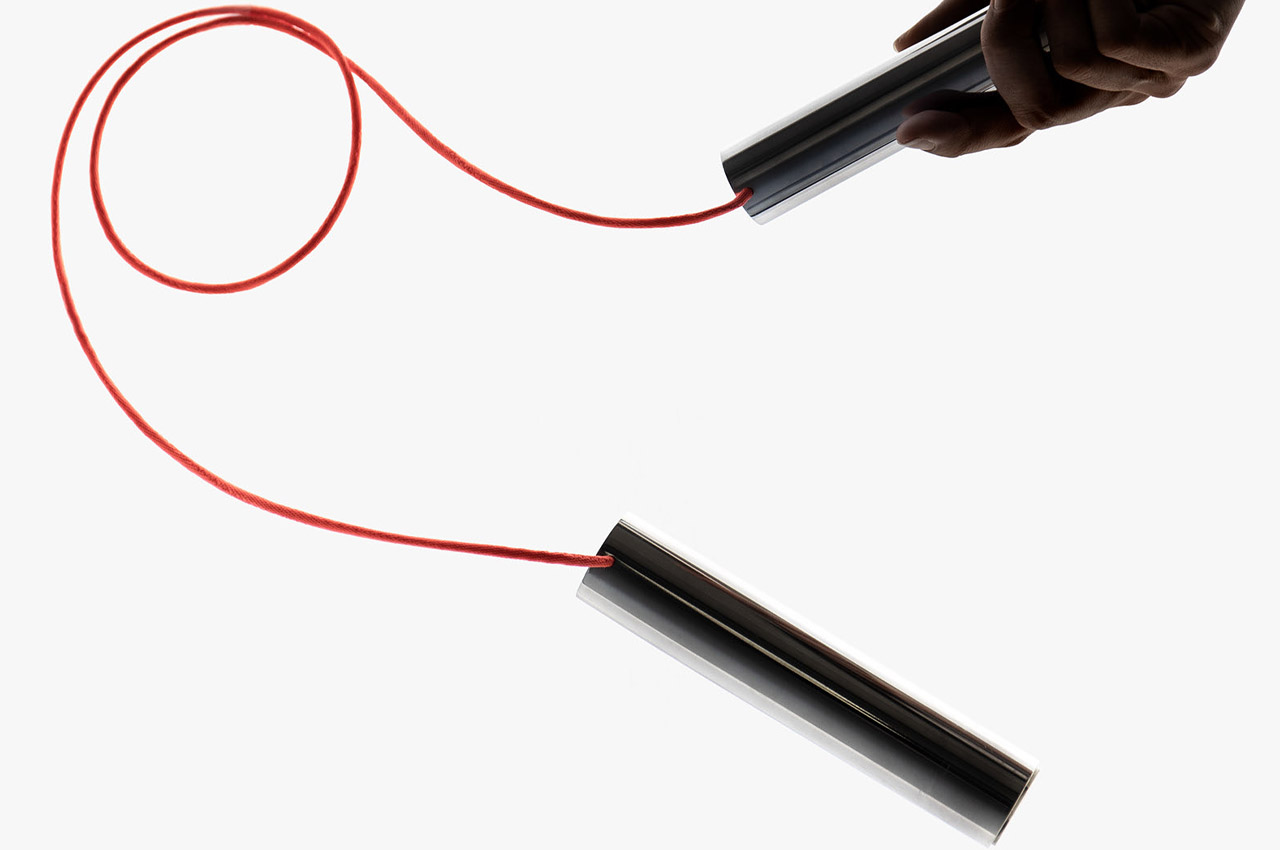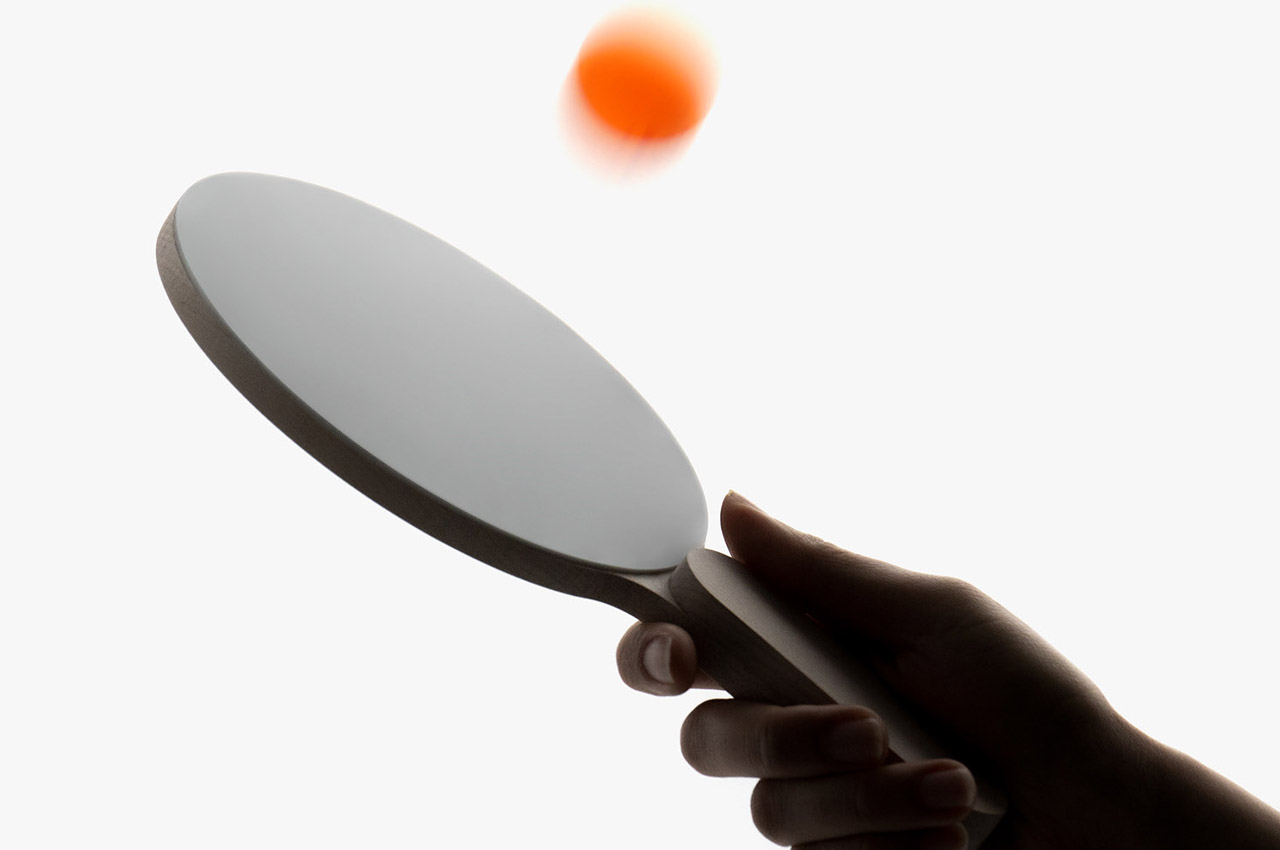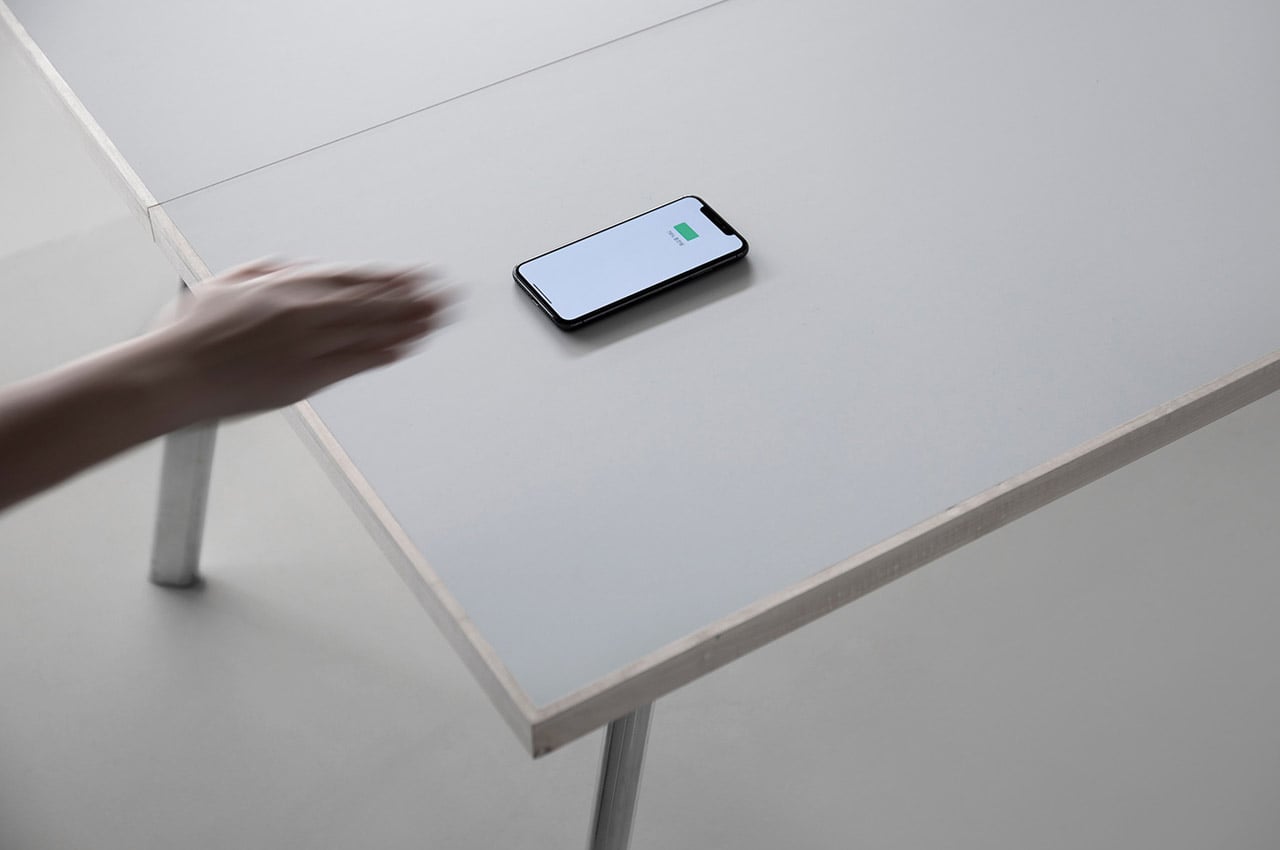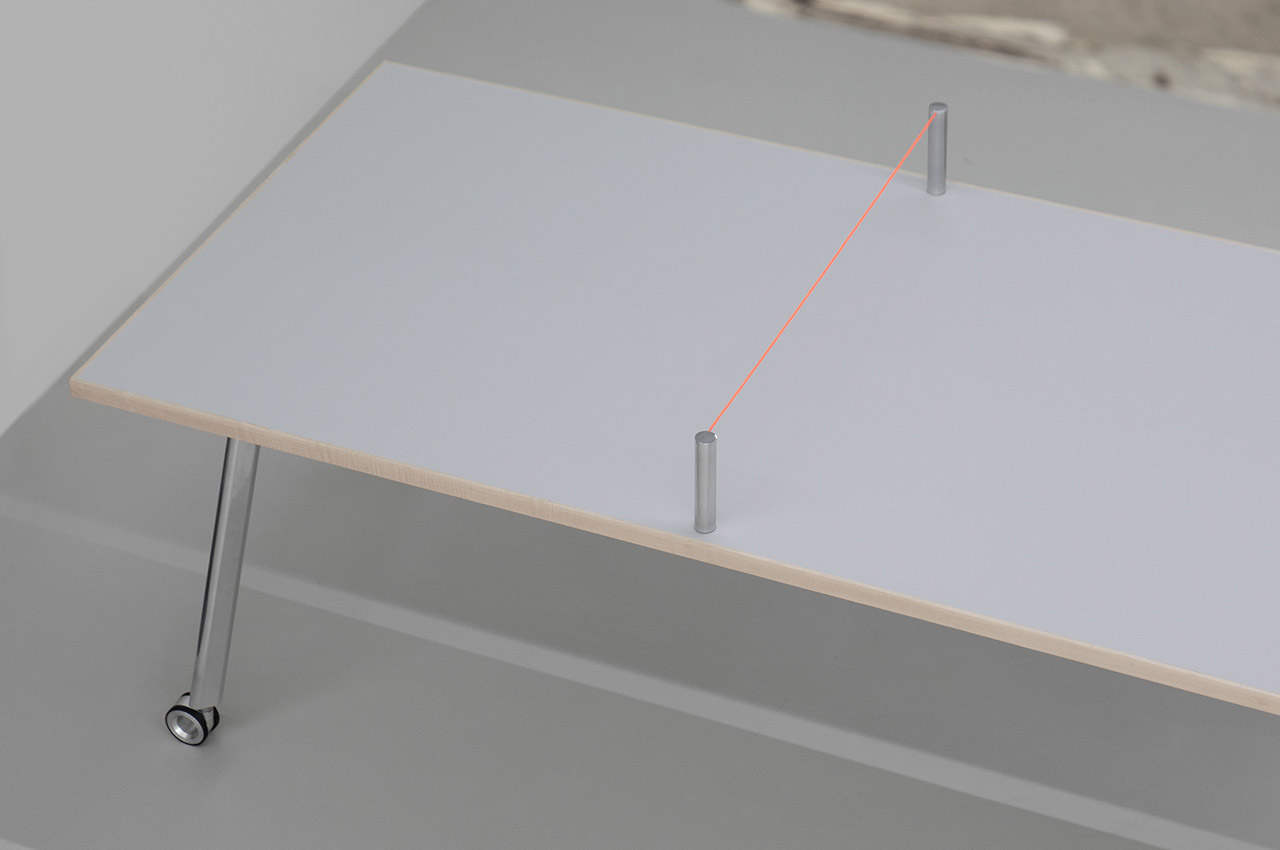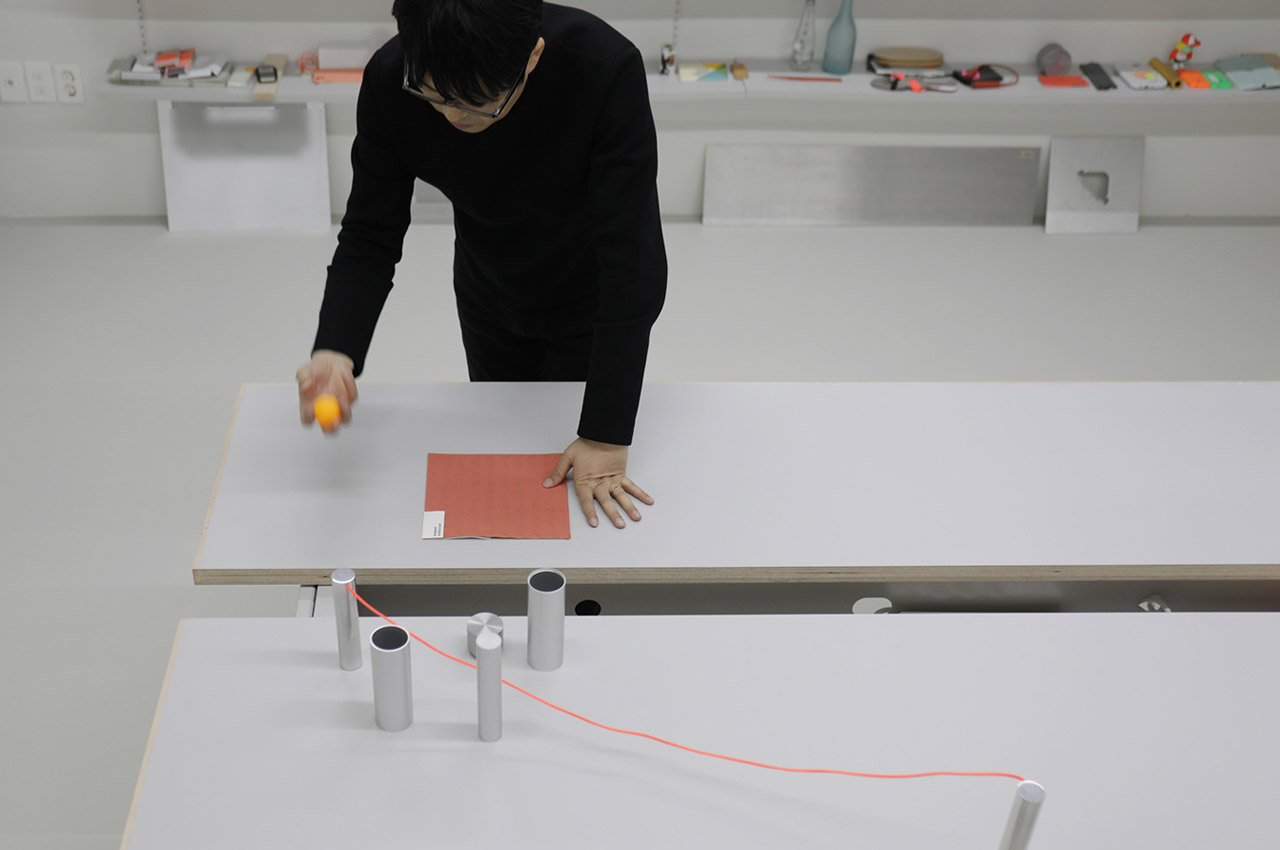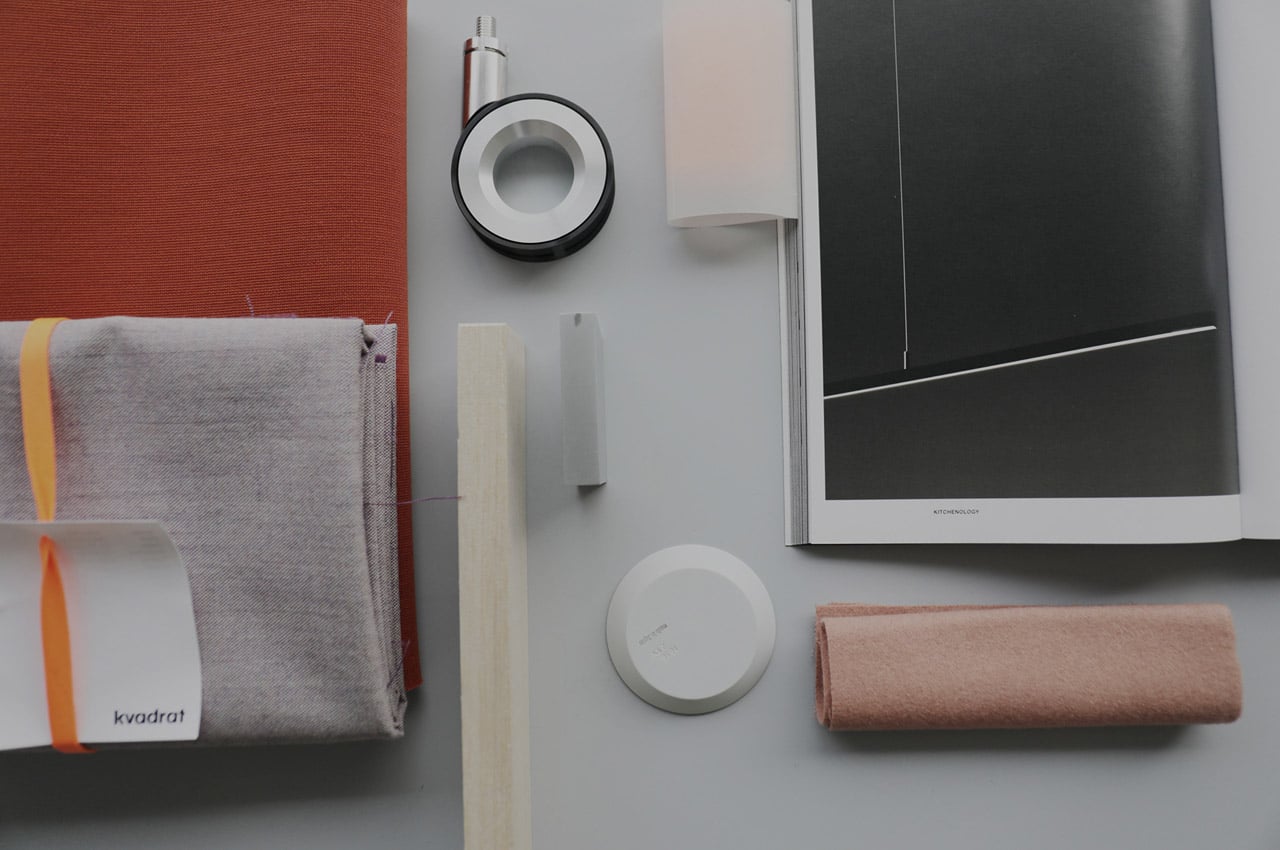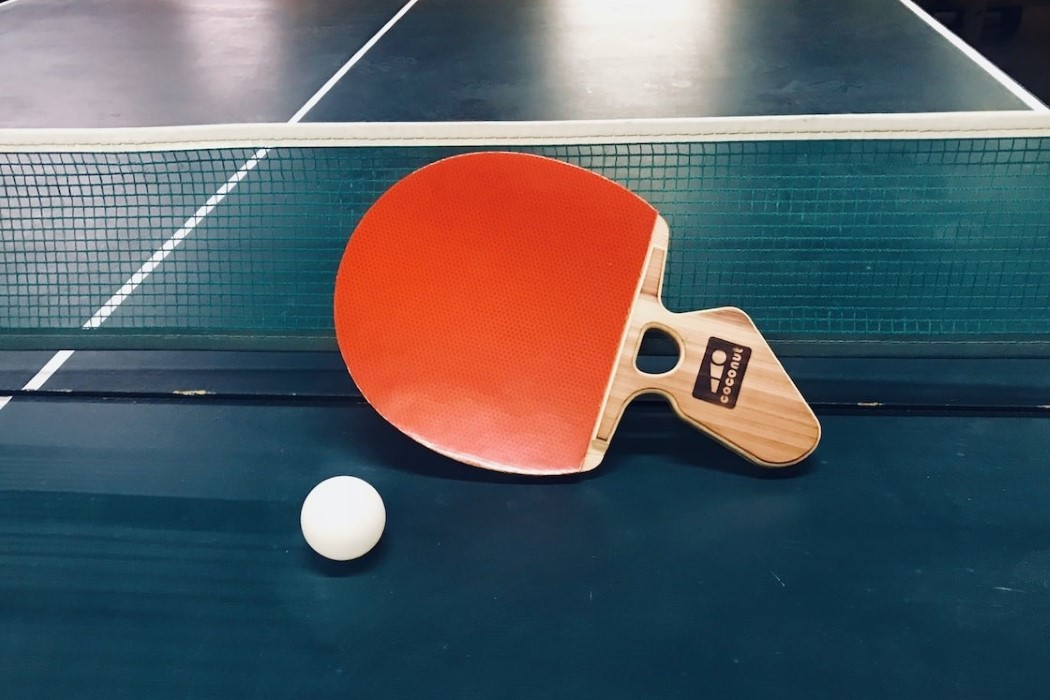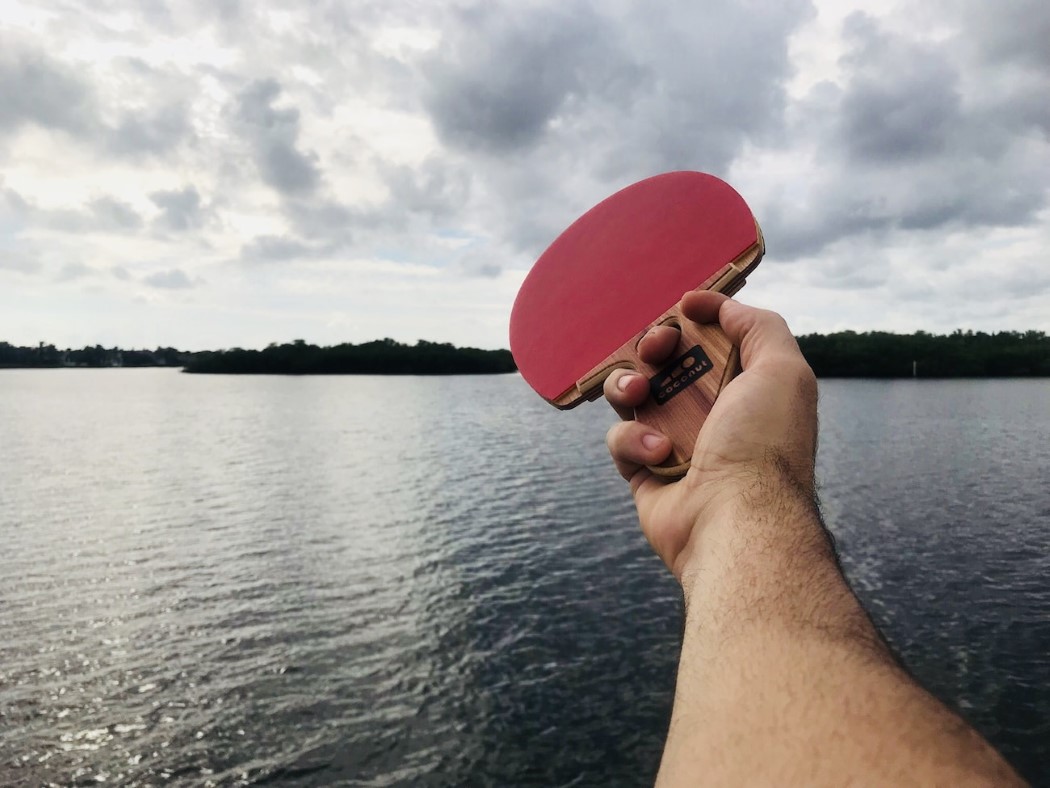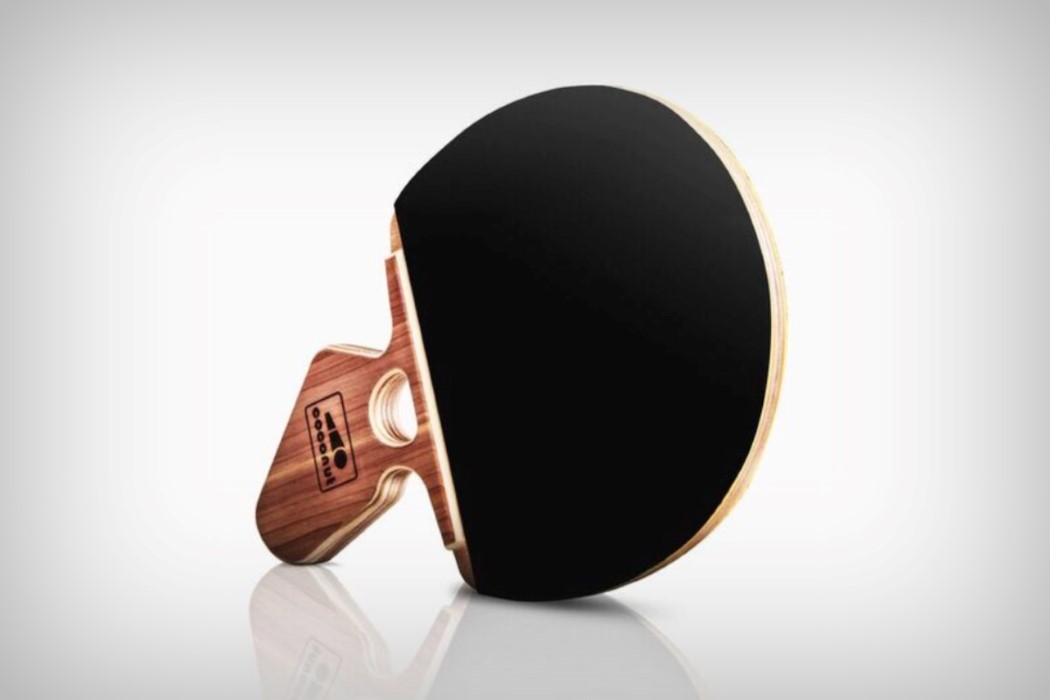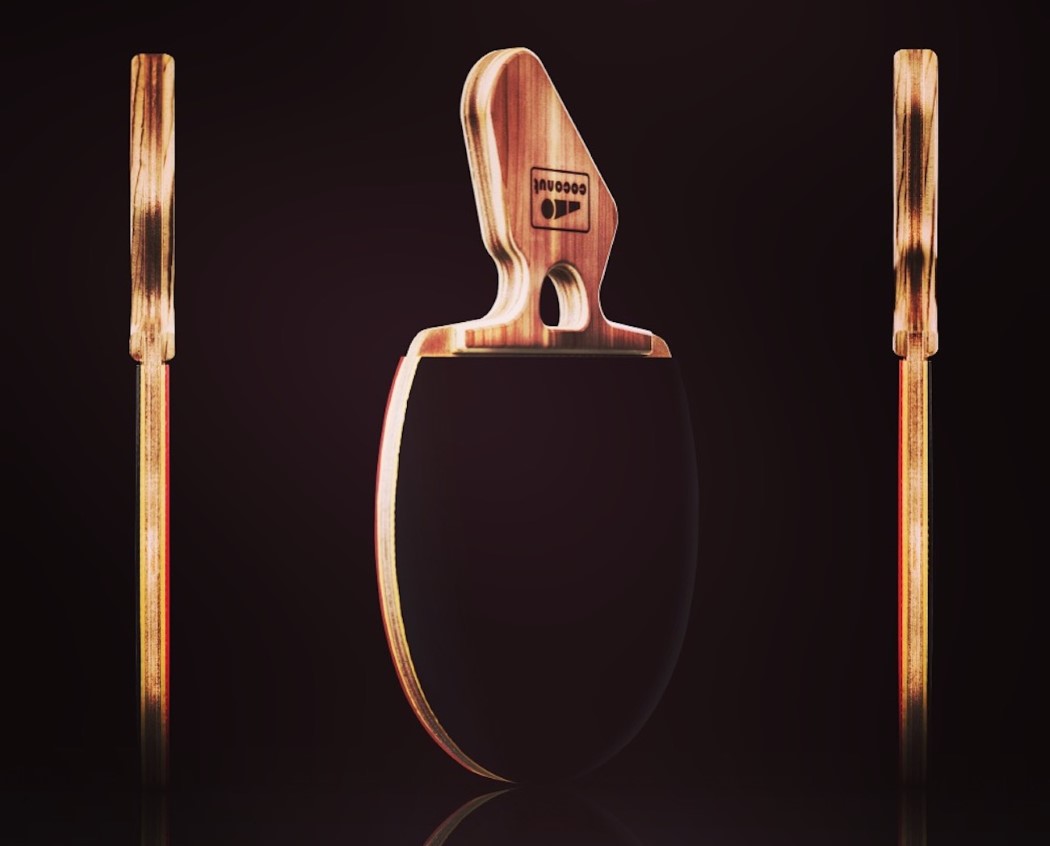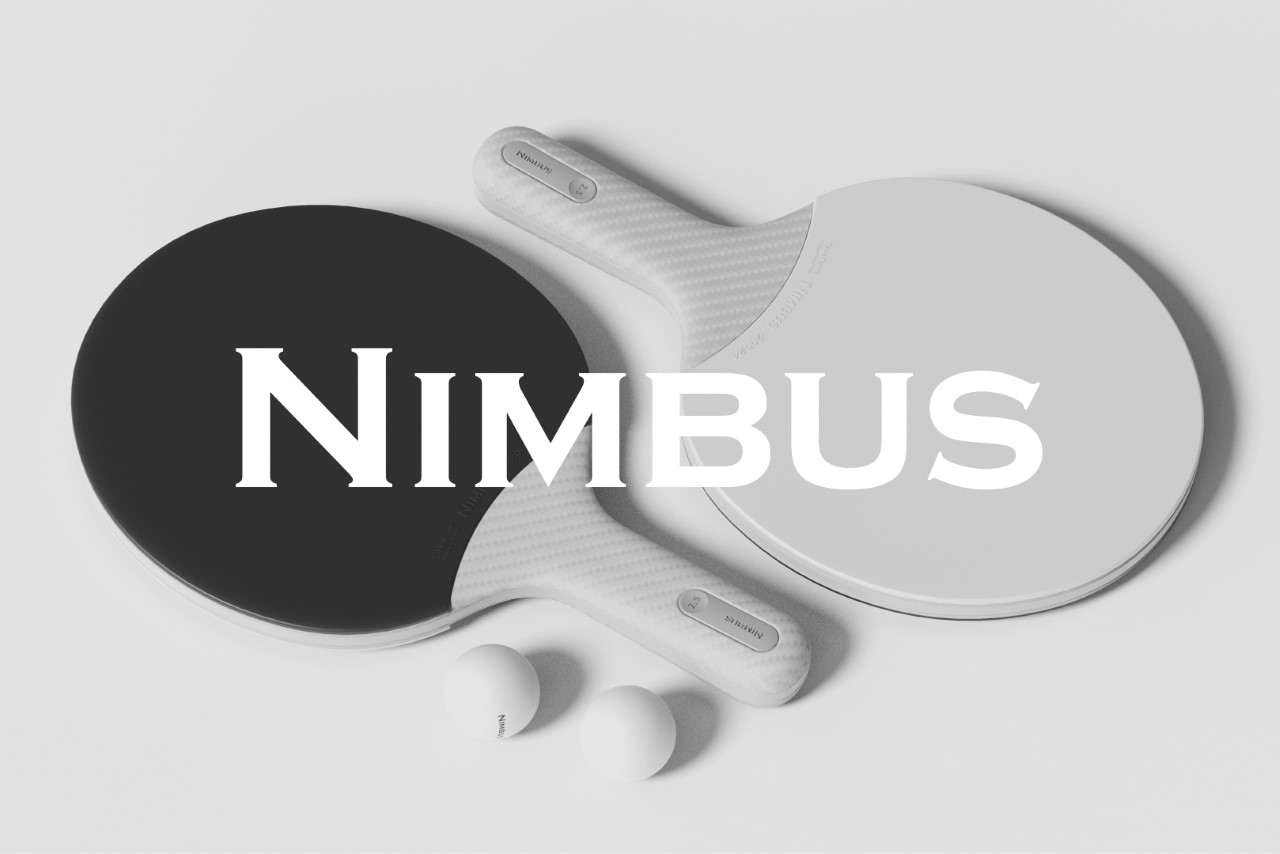
Table tennis is a game that requires absolute coordination between your hands and eyes. You need to watch the ball, predict its path, and make sure your racket aligns exactly at the right position and angle to ensure the ball goes exactly where you want it to go. A lot of this hand-eye coordination happens without you really knowing or noticing, but sometimes your hand just moves a little too fast or slow for your liking. The reason? Well, maybe it’s your racket.
If you’ve ever played golf or gone bowling, you know how much influence weight has on your performance. Go for something with less weight, and your hands can often miscalculate their trajectory. More weight usually means better control, but too much and your hand really gets influenced by the weight rather than the other way around. The Nimbus brings that strategy to the table tennis racket. With the ability to add weights to the racket’s handle, the Nimbus lets you fine-tune your gameplay for better control. The weights can alternatively be replaced with a tracking module that helps you track your racket trajectory in 3D for post-game analysis.
Designer: Shubhangi Chuhadia
Rendered on KeyShot: Click Here to Download Your Free Trial Now!
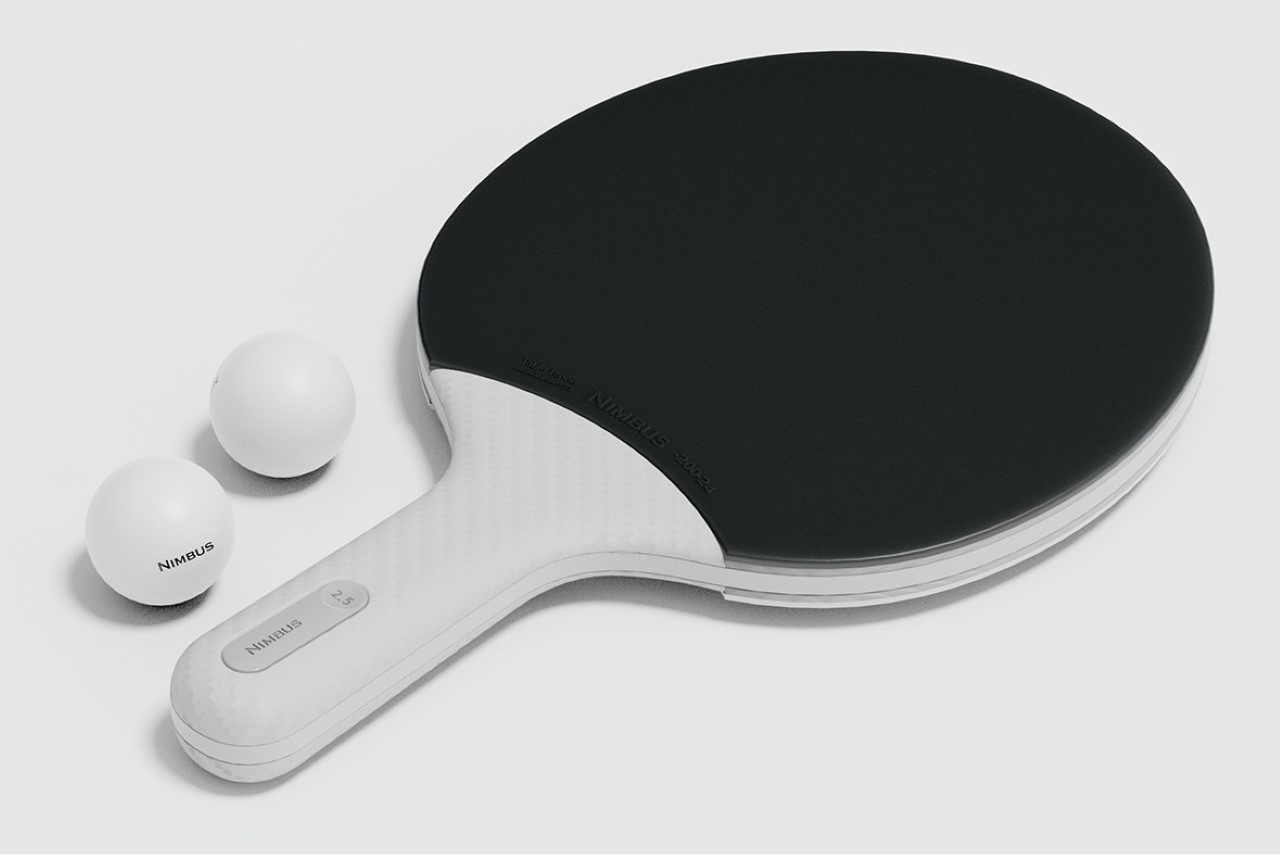
The Nimbus racket comes with an ergonomic design that’s characterized by a streamlined form that transitions seamlessly from grip to paddle. The grip, however, has a hollow slot in it, which lets you insert weights into the racket. Made from titanium, these weights range between 2.5 and 5 grams, giving your handle a distinct heft that can influence your gameplay. Choose the weight that benefits your game the most, and once you’ve perfected it, downgrade to a lower weight to train your muscles and reflexes.
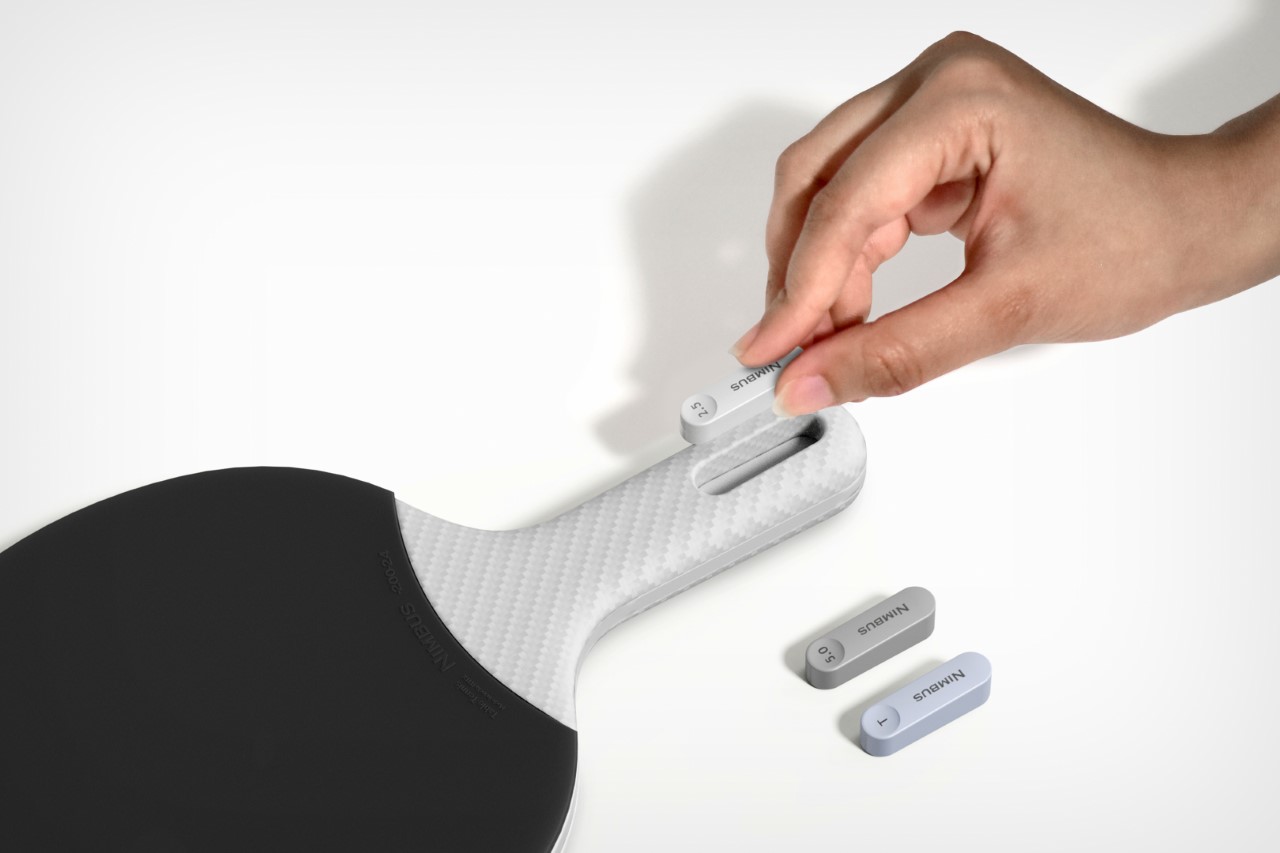
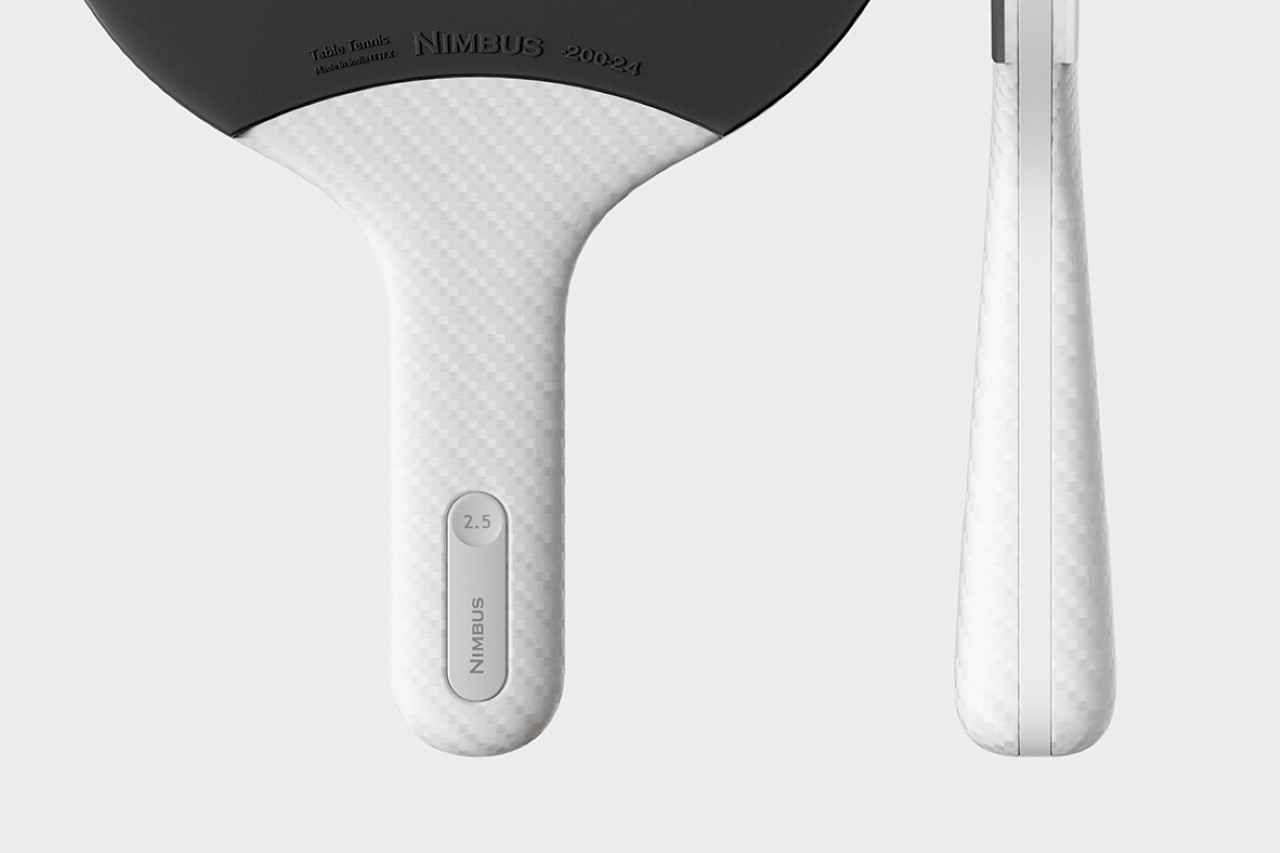
“I began by studying the needs of players with a learning mindset and focused on enhancing both digital and physical elements to improve gameplay. This involved developing a customizable racket and improving the handle’s ergonomics for extended play”, said designer Shubhangi. “After extensive rapid prototyping and testing, I proceeded to refine the surface to ensure durability during prolonged use.”
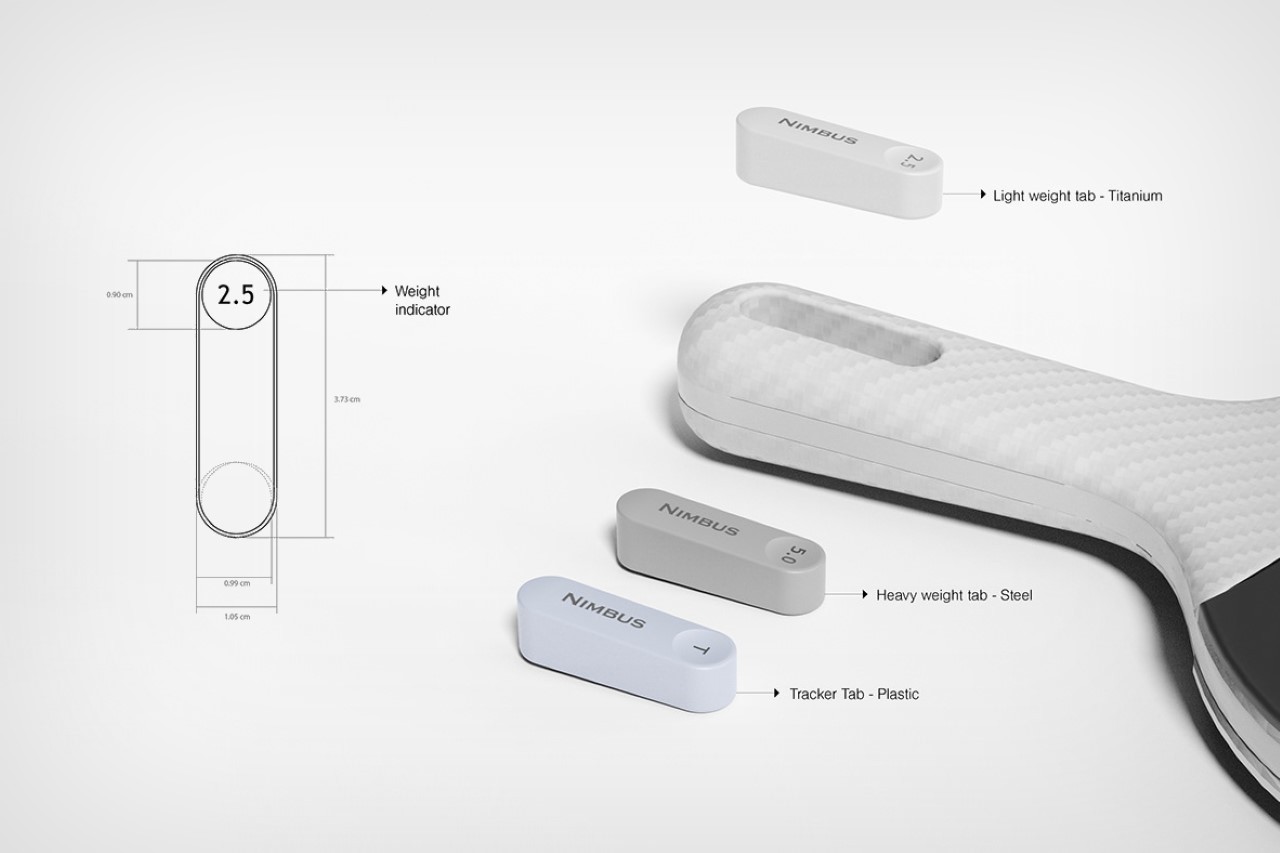
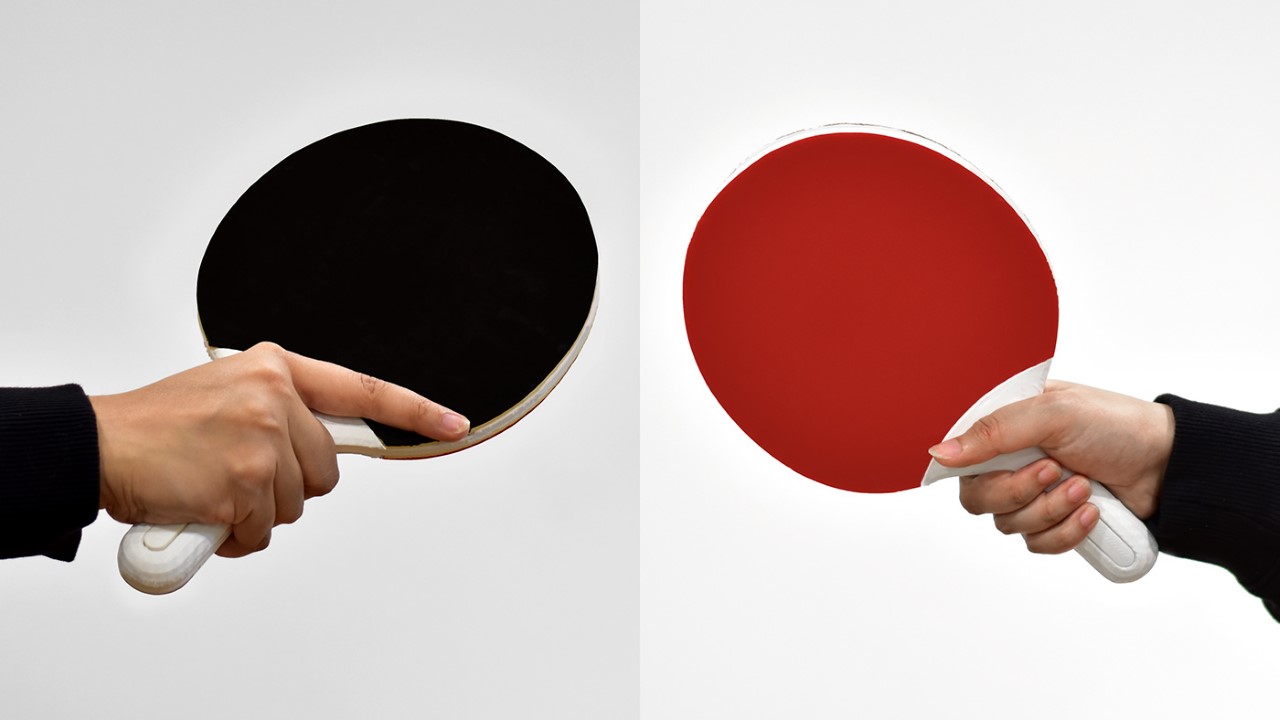
To help further improve your game, Shubhangi even created a tracker module, made from plastic. When inserted, the module can track your paddle’s position, movement, speed, and tilt to help you understand your technique and improve upon it. The Nimbus is conceptual for now, but Shubhangi mocked up a prototype to test the product’s performance and ergonomics. Here’s hoping that we see a realized product on the market sometime soon!
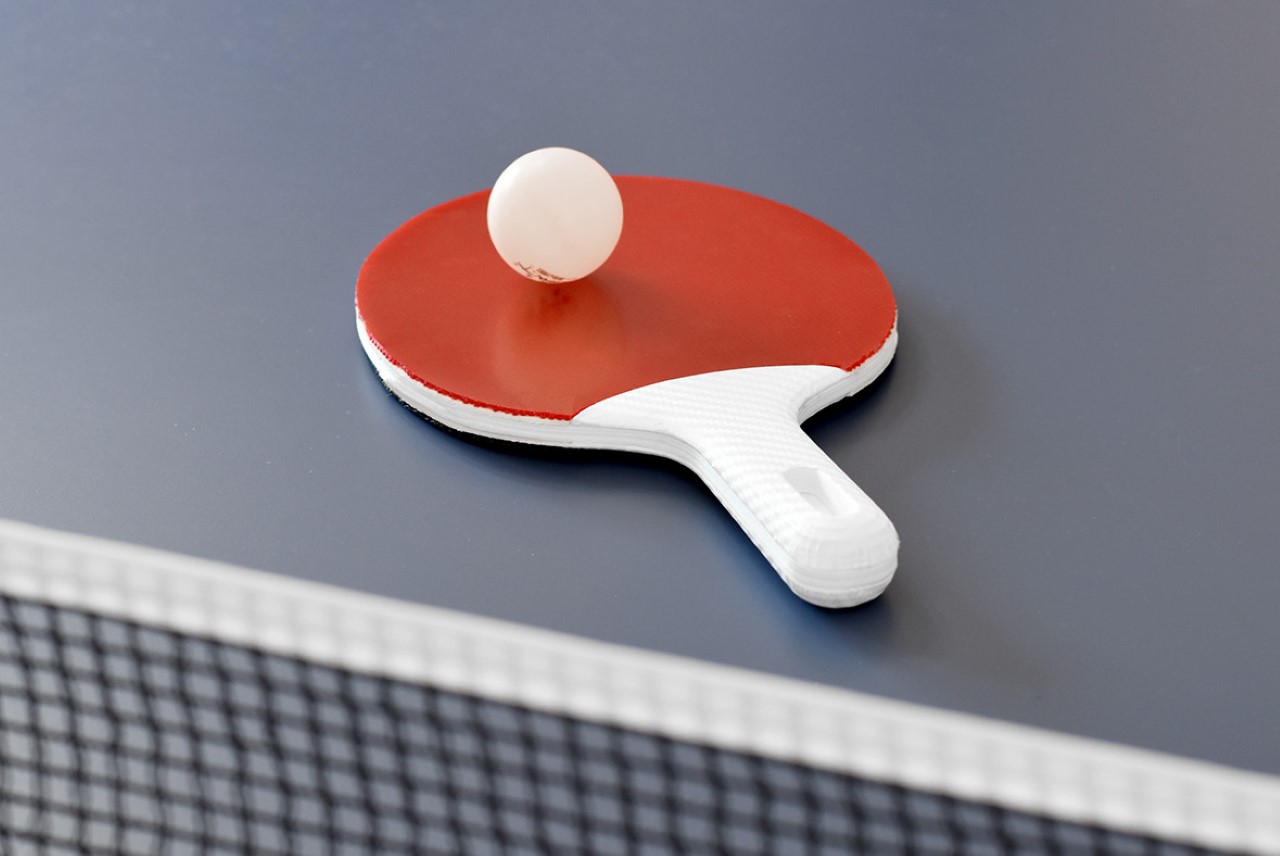

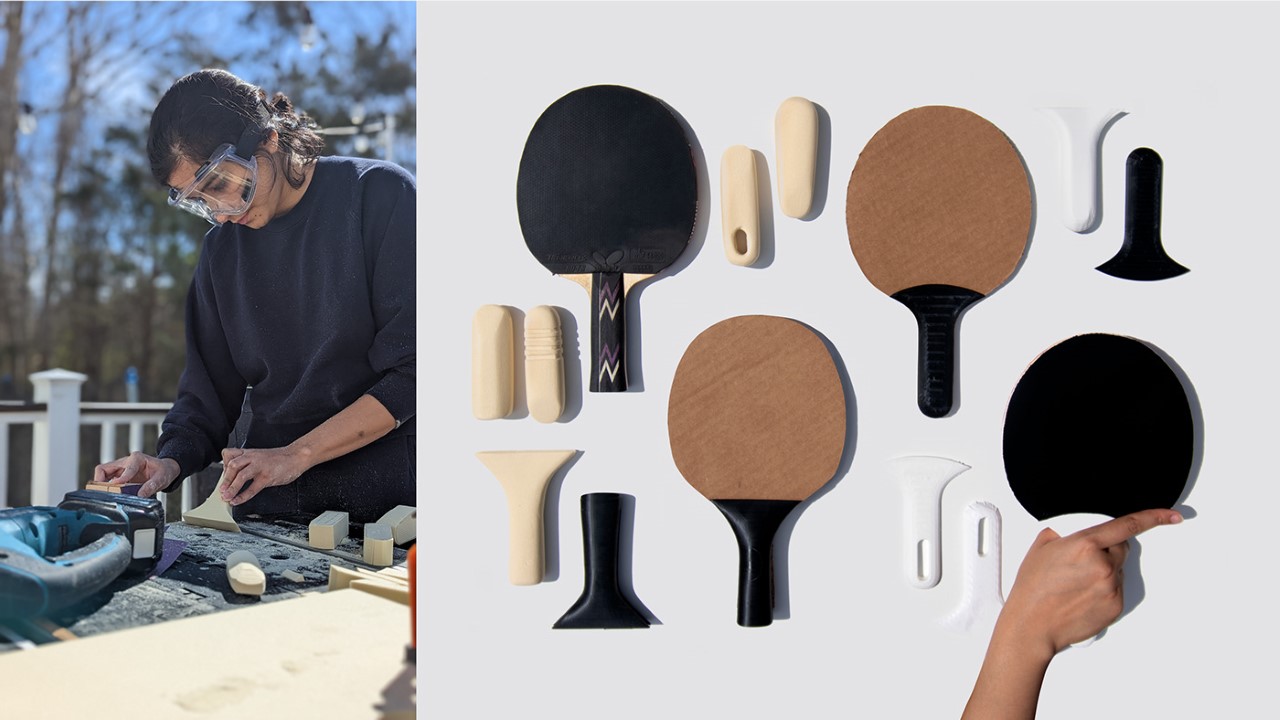
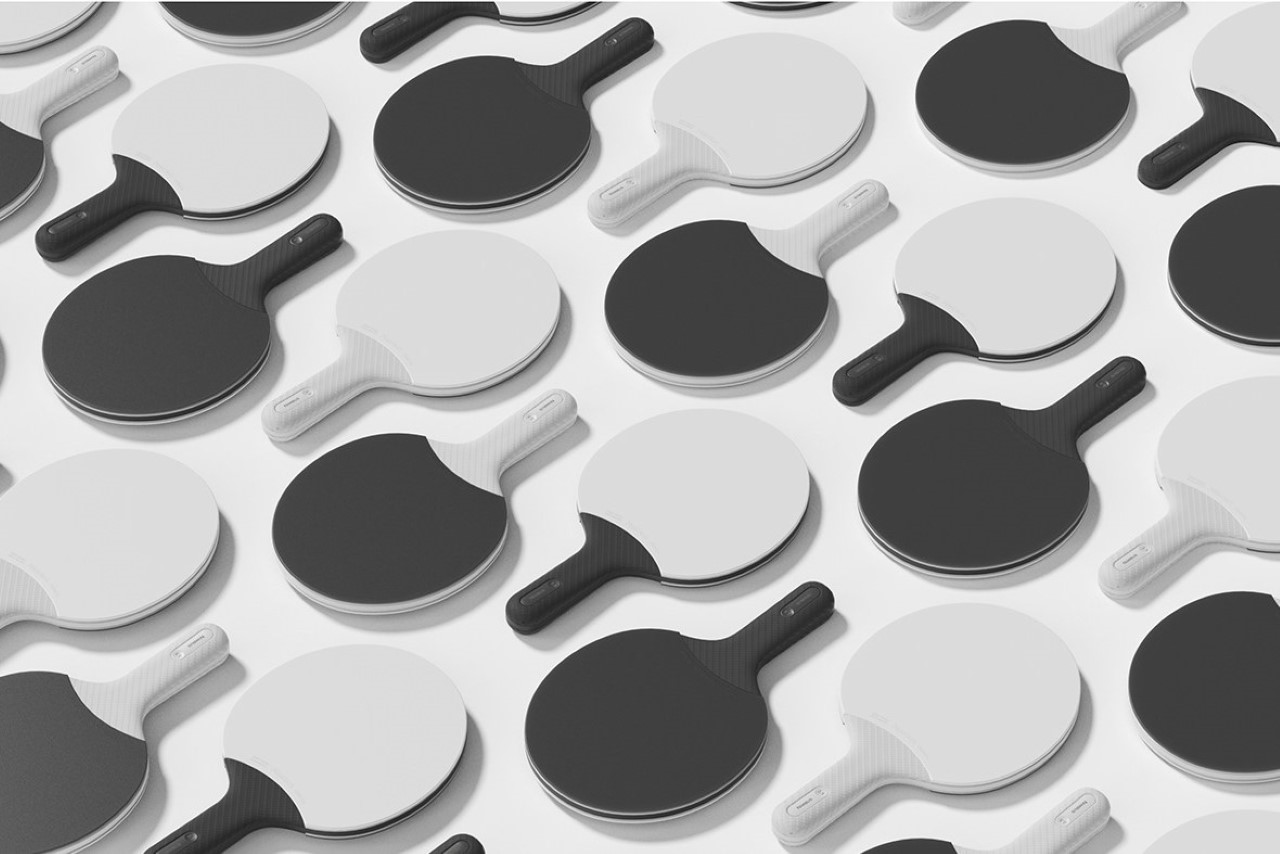
The post Clever Table Tennis racket lets you add weights to its hollow handle for better control first appeared on Yanko Design.
